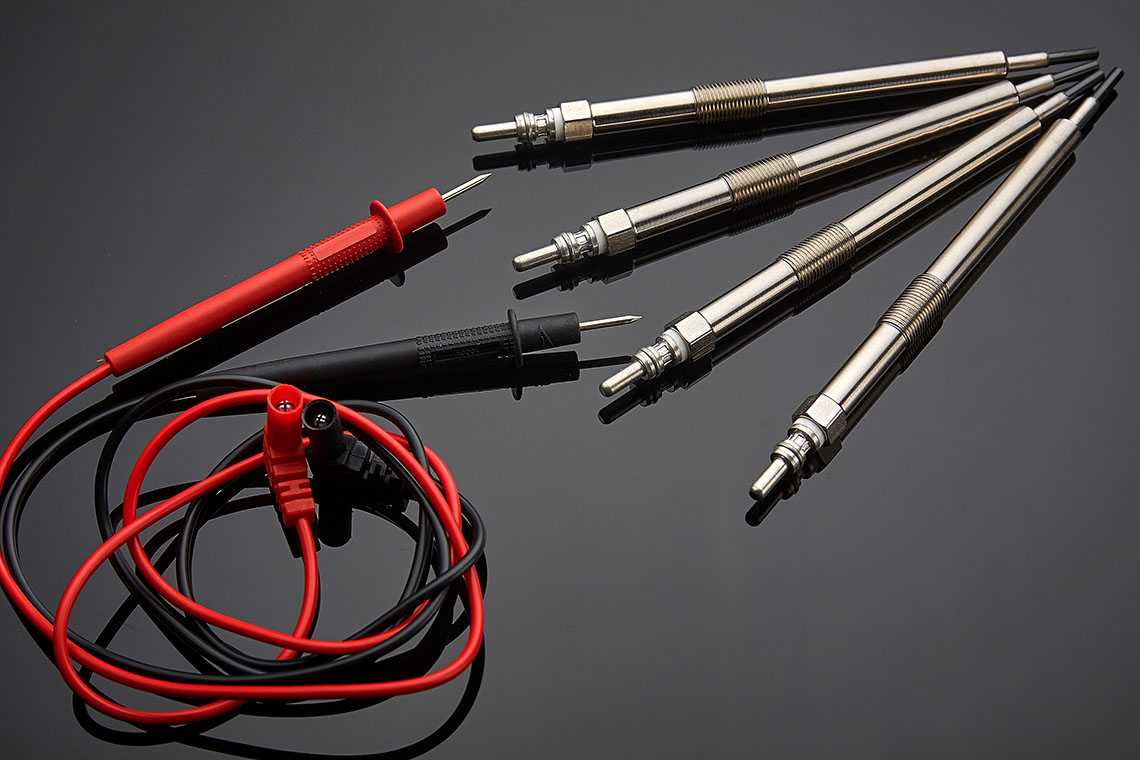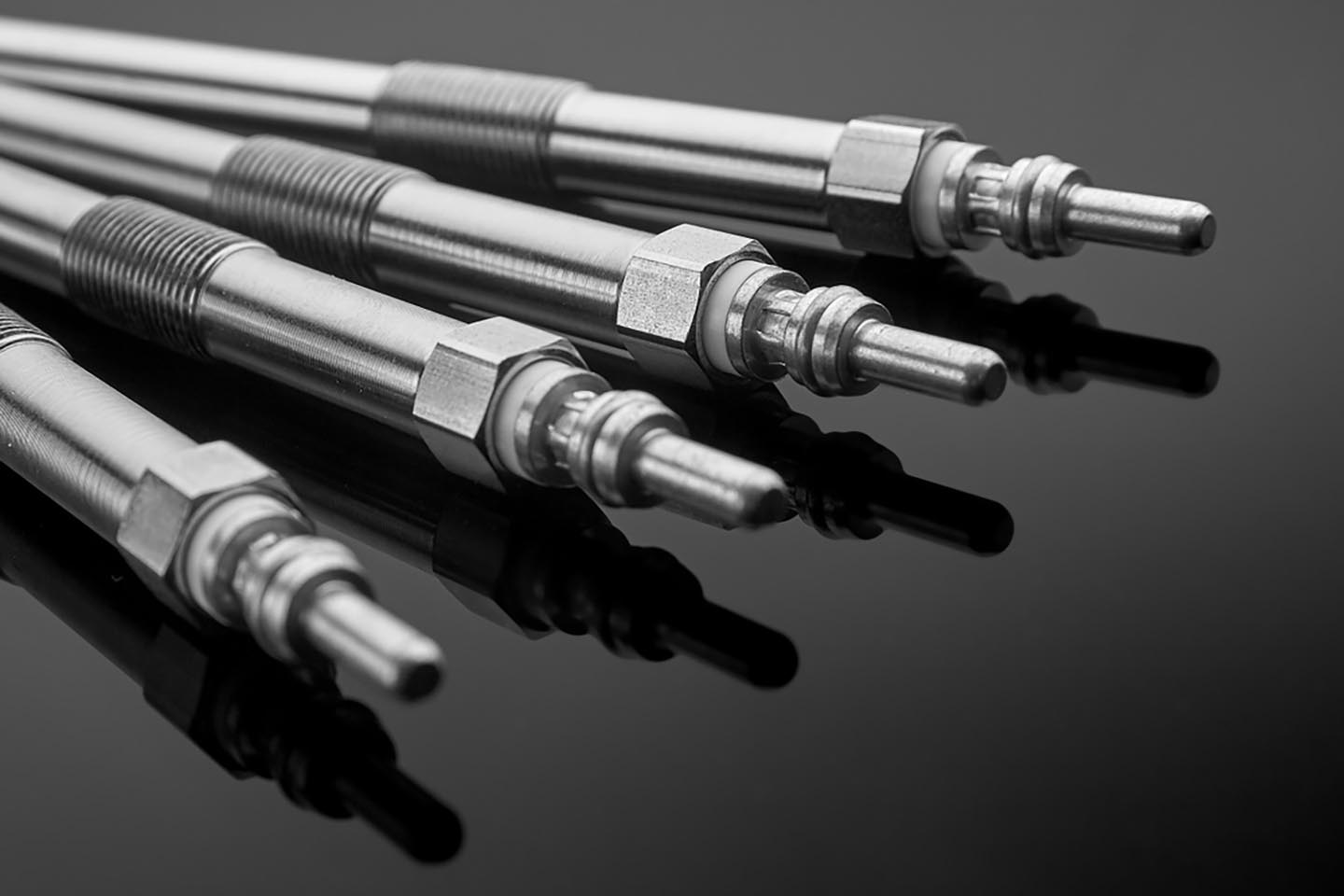Do Diesel Engines Have Spark Plugs?
Dec 29th 2022

Serhii Bobyk / Shutterstock.com
The short answer is no, diesels don’t have spark plugs. They use glow plugs to warm the incoming air and fuel, which powers the engine. The spark plug has been a staple of the automobile for generations. It provides an electric spark that ignites the air and fuel in a gas-powered engine, which triggers the combustion process. This allows the engine to turn the fuel into mechanical energy.
It’s easy to understand why so many diesel drivers make the mistake of thinking their trucks have spark plugs, but diesel engines don’t need an electric spark to trigger the combustion process. They create mechanical energy using highly pressurized air and fuel. No spark plug required. Instead of spark plugs, they use glow plugs to create additional heat. If you’re having trouble starting your engine, you may need to buy a new diesel glow plug instead.
Why Don’t Diesel Engines Have Spark Plugs?
Diesel engines need large amounts of heat to combust the air and fuel mixture. They don’t use spark plugs because the electric spark doesn’t generate enough heat for the fuel to burn. Instead of a spark plug, diesel engines use glow plugs to heat the incoming air and fuel so that it can burn quickly and efficiently. Keeping the fuel and air warm can be a challenge in the winter when heat is scarce. If the fuel and air don’t reach the proper temperature, the engine won’t start. The glow plugs will spread heat throughout the combustion chamber to help the engine get moving.

coloritmail / Shutterstock.com
How Do Glow Plugs Work?
Both spark plugs and glow plugs are designed to heat air and fuel in the combustion chamber, but glow plugs generate a steady stream of heat instead of producing a one-time spark.Each glow plug consists of a heating coil inside of a metal tube. Electric-powered glow plugs are designed to heat up to 1,000 degrees Fahrenheit in just a few seconds. Ceramic plugs come with a casing that quickly heats the coil. When working properly, the glow plugs should be able to heat the incoming air and fuel instantly or the engine will quickly lose power — if it starts at all. There are three steps to this process:
The glow plugs will first preheat when the engine is turned on. They then maintain this temperature for a few minutes after the engine has started to make sure the fuel burns quickly and efficiently. Once the plugs have reached the optimal temperature, they will stay active to continue the combustion process.
Shop for Diesel Glow Plugs Online
It may be next to impossible to start your engine in cold weather with faulty glow plugs. You will need to maintain your glow plugs to keep your engine running in the winter. Consider storing your vehicle in a temperature-controlled environment when it’s not in use or adding a block heater to the engine. Your glow plugs should last up to 100,000 miles, but driving in cold weather can cause them to fail sooner than expected.

coloritmail / Shutterstock.com
Keep an eye out for potential warning signs that your glow plugs need to be replaced. Your fuel efficiency will start to suffer if your glow plugs aren’t supplying enough heat to the combustion chamber. The engine won’t be able to burn the fuel thoroughly, leading to a loss of power. Accelerating, especially with heavy loads, will become increasingly difficult as the problem goes on. If the fuel doesn’t get burned, it could get recycled into the exhaust gas recirculation system, causing smoke to come out of the tailpipe. Your glow plugs will reduce exhaust emissions when working properly to reduce your impact on the environment.
A faulty glow plug can damage various components in your engine, leading to expensive rebuilds. Replace your aging diesel parts as needed to keep your engine running as efficiently as possible. If you’ve recently switched over to diesel, keep this information in mind to maintain your glow plugs over time.
